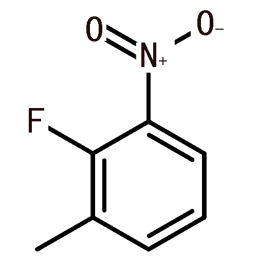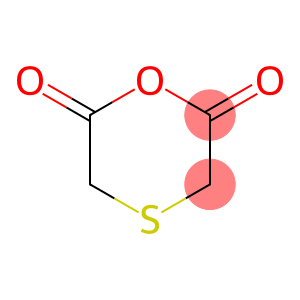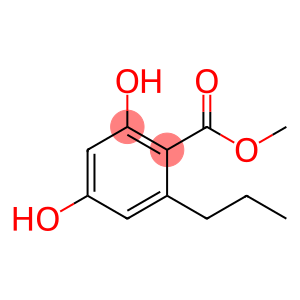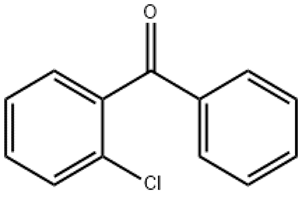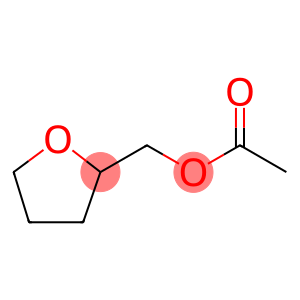4-Fluoro-3-nitrotoluene(CAS# 446-11-7)
| Risk Codes | R20/21/22 – Harmful by inhalation, in contact with skin and if swallowed. R36/37/38 – Irritating to eyes, respiratory system and skin. R34 – Causes burns |
| Safety Description | S26 – In case of contact with eyes, rinse immediately with plenty of water and seek medical advice. S36 – Wear suitable protective clothing. S45 – In case of accident or if you feel unwell, seek medical advice immediately (show the label whenever possible.) S36/37/39 – Wear suitable protective clothing, gloves and eye/face protection. |
| Hazard Note | Irritant |
| Hazard Class | 6.1 |
Introduction
4-Fluoro-3-nitrotoluene is an organic compound. The following is an introduction to its nature, use, preparation method and safety information:
Quality:
4-Fluoro-3-nitrotoluene is a colorless crystalline solid that is stable at room temperature. It is easily soluble in organic solvents such as ethanol, chloroform, and dimethylformamide.
Use:
4-fluoro-3-nitrotoluene is commonly used as a starting material or intermediate in organic synthesis reactions. In addition, it can also be used as a raw material for fungicides and insect insecticides.
Method:
4-Fluoro-3-nitrotoluene can be synthesized by a variety of methods. A common method is by introducing fluorine and nitro groups into toluene. This reaction generally uses hydrogen fluoride and nitric acid as reaction reagents, and the reaction conditions need to be properly controlled.
Safety Information:
When using 4-fluoro-3-nitrotoluene, the following safety precautions should be noted:
It is a chemical that has an irritating effect on the eyes, skin, and respiratory tract and should be avoided.
Personal protective equipment such as gloves, protective glasses, and protective clothing should be used when operating.
It should be used in a well-ventilated area to avoid inhaling its vapors.
Try to avoid contact with oxidants, strong acids, or strong bases to prevent dangerous reactions.


